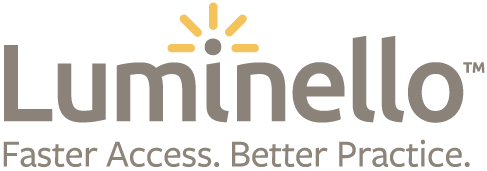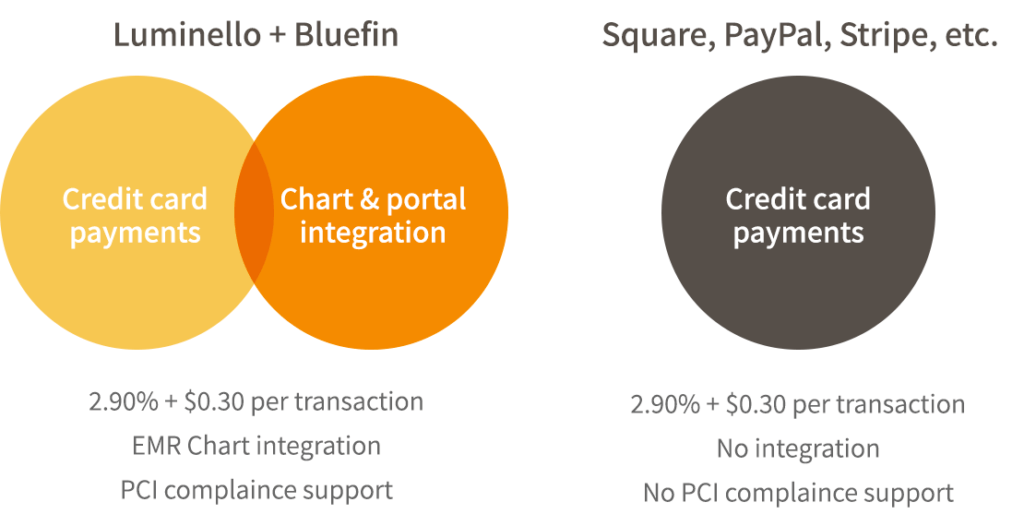By definition, a “progress note” should be a written record of the degree of our patients’ progress. We can all agree on this much, and this is pretty much where the agreement ends.
TCR has recently made an effort to assess variability in progress notes for psychopharm visits, mainly by talking to colleagues. The variability is extreme.
Some psychiatrists subscribe to the Hemingway style of progress notes – functional, spare, but not without a certain kind of elegance: “Improved. No side effects. Continue meds.”
Others favor Dostoevsky, in which each note is a fascinating and complete character study, replete with extended verbatim quotes. Most of us fall somewhere in between, and presumably we are all doing the right thing by our patients.
Unlike most articles in TCR, we can offer no empirical studies to guide us in figuring out the “answer.” To our knowledge, comparative studies of different progress note styles have yet to be conducted. Thus, we must resort to a common sense approach as we zero in on recommendations for your practice.
As our framework, we’ll use the “SOAP” format – Subjective, Objective, Assessment, Plan. We all learned this in medical school, and it is a useful template for our notes, even though there may be little that is truly “objective” in the psychiatric exam.
The “subjective” part of SOAP refers to how the patient describes his issues, and is usually expressed as a verbatim quote. Pick and choose the quote that seems to best encapsulate your patient’s issues of the visit, e.g., “My day was horrible. My boss chewed me out and I know he’s about to fire me.”
The “objective” portion refers to the major psychiatric symptoms over recent weeks, including issues with sleep, appetite, energy, anxiety, suicidality, and the like. If you use numerical scales in your clinical work (see accompanying article for recommendations on how to use these), this is the place to insert them.
“Assessment” should include your DSM diagnosis–all five bitterly tedious axes. Insurance companies and disability reviewers will eventually want to see this information for most of our patients, and as much as we may hate to admit it, the multi-axial system forces us to think through issues to which we should pay attention. So get into the habit of writing down the actual DSM numbers for all your Axis 1 and Axis 2 diagnoses. Torture? You bet, but it is a good defense against intellectual (and therefore therapeutic) laziness. Similarly, Axis 3 forces us to remind ourselves of our patient’s medical issues at each visit, ensuring that we scrutinize our meds for possible interactions with other medications.
TCR’s Humble SOAP Revision: “SOAP, SIR”
- S: Subjective
- O: Objective
- A: Assessment
- P: Plan
- S: Side Effects
- I: Instructions
- R: Risks/Benefits
What about documentation of Axis 4 (“psychosocial stressors”) and Axis 5 (“global assessment of functioning”)? For Axis 4, simply writing “mild,” “moderate,” or “severe” is so vague as to be useless, but briefly noting the specific stressors can be a useful check on your patient’s progress from visit to visit.
With regard to GAF, I once considered the assignment of a number to describe a patient’s life functioning to be so reductionistic that I rebelled, randomly oscillating between 65 and 75 as the mood suited. A spate of coverage denials from insurance companies ensued – be advised that GAFs of 75 and greater may indicate too much health to qualify your patient for your care. Chastened, I still randomly oscillate, but now between 60 (“moderately poor functioning”) and 70 (“mildly poor functioning”). Of course, those of you involved in inpatient care will often be dealing with GAFs well below 50.
“P” is for “Plan” and there’s not much to add, other than to say that, medico-legally, adding a one-liner revealing the thinking that goes into your plan is a good idea. So it’s not just “Add lithium,” but “Add lithium in order to augment response to antidepressant.” In this example, if the lithium causes toxicity, you have a documented rationale for having used the medication in a patient without bipolar disorder. And so on for innumerable other possible scenarios.
Thus, the trusty SOAP mnemonic is pretty useful, but it does leave out a few important items that deserve documentation: medication instructions, side effects and risks vs. benefits of treatment. Some clinicians resort of an alphabet soup to save their writer’s hand–“I, S/E, R/B”, indicating that all three were addressed during the visit. This may be fine in general, but you may need to be more prolific in some instances. The prescription of MAOIs comes to mind, when you should write out what you discussed: “Went over contraindicated foods and meds, gave handout, discussed potential symptoms of hypertension, and R/B of MAOIs.”
A good way to remember to cover these is to add “SIR” to the SOAP mnemonic, as outlined in the box in the middle of this article. This will ensure that your progress notes are squeaky clean!
Source: We thank The Carlat Psychiatry Report for allowing us to re-post this article. Luminello subscribers get a discount on The Carlat Report newsletters, books, CME credit opportunities, and ABPN Maintenance of Certification courses. Learn more


